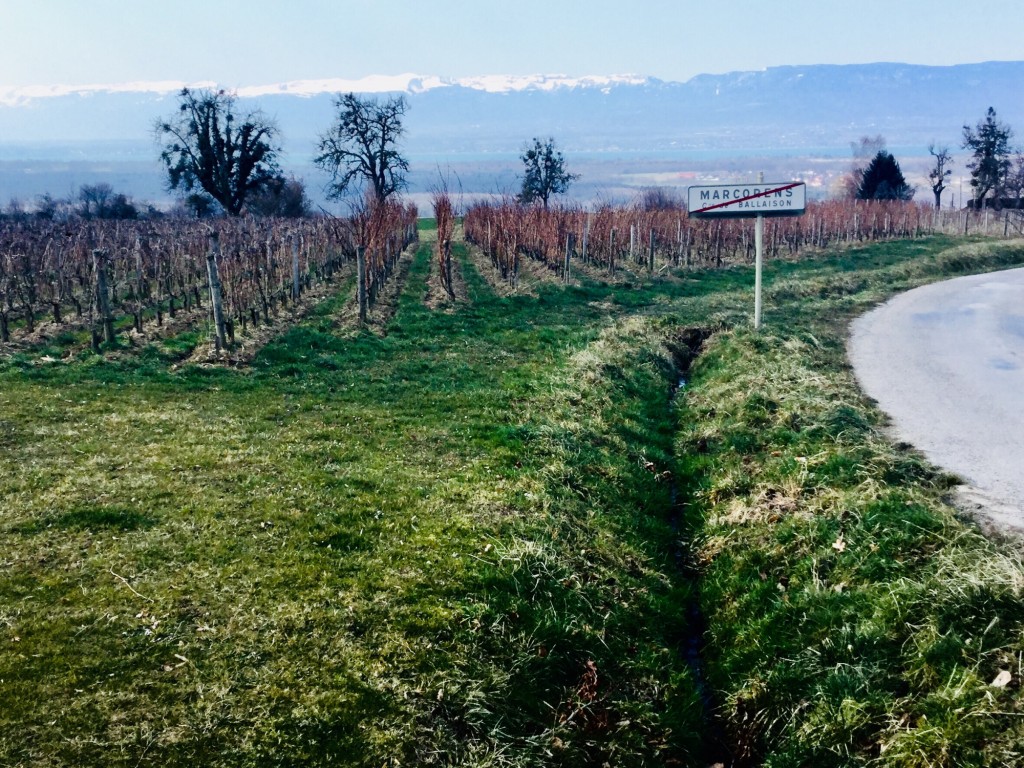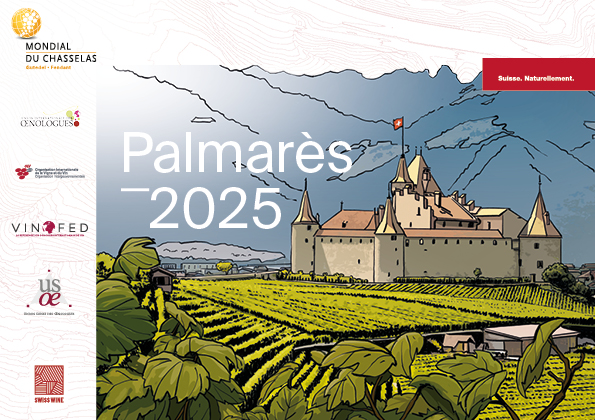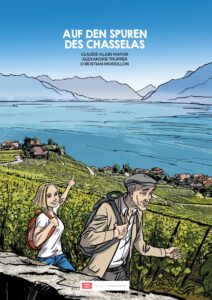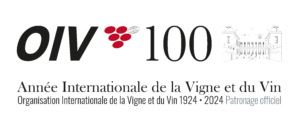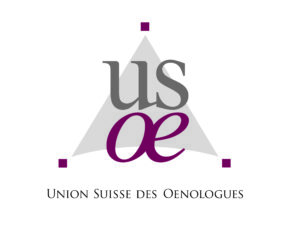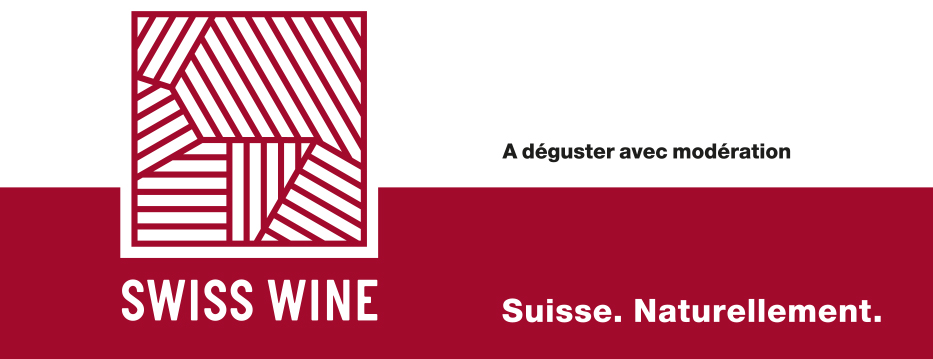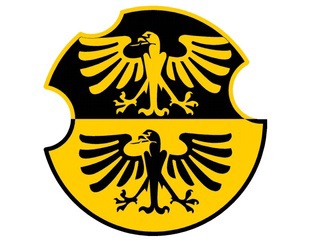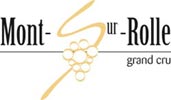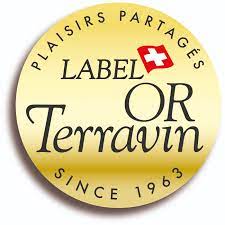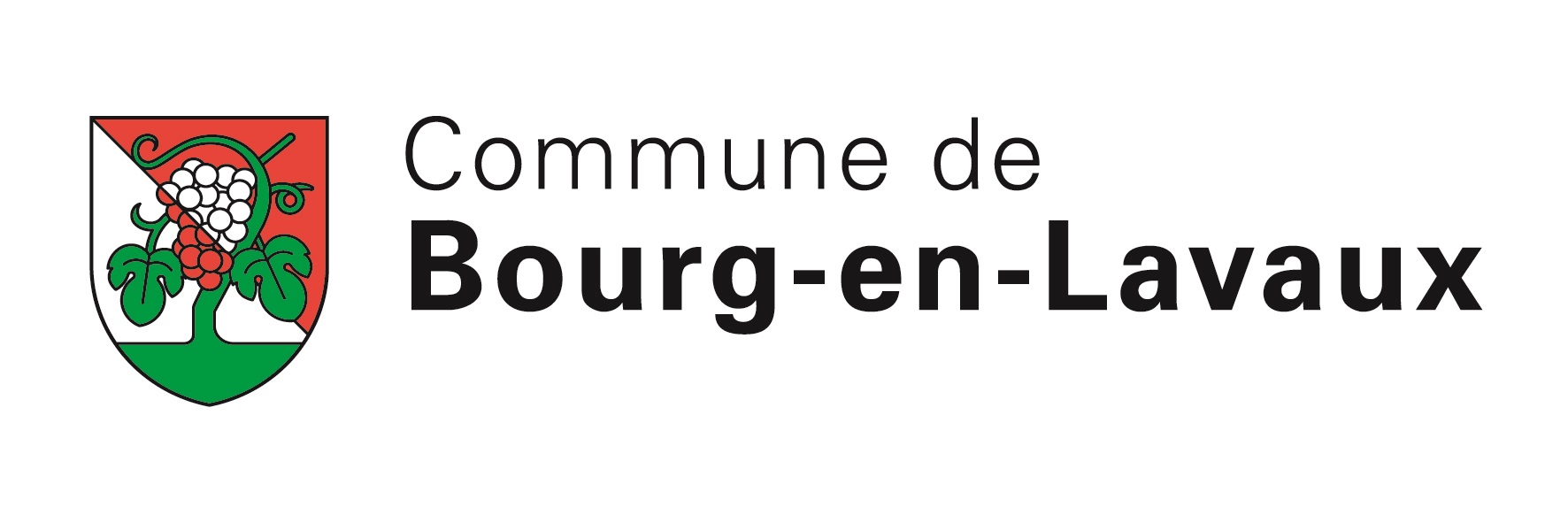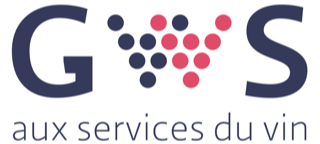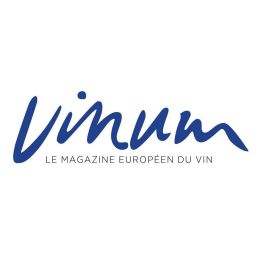Les Vignes de Paradis: Chasselas From the Other Side of the Lake
Within minutes of my home in the Geneva suburb of Vésenaz are four vineyards located along the south shore of Lake Geneva. Each is devoted to the iconic Swiss grape Chasselas, but not one is located in Switzerland. What gives? The four—Crépy, Marignan, Marin and Ripaille—are crus in the neighboring French département of Haute-Savoie. Each cru has a storied history that dates back more than five hundred years but the only way one finds them on a label is appended to the more familiar Vin de Savoie AOP. It’s easy to see why, outside their little sliver of eastern France, they barely register a pulse.
Their regional center is the nondescript town of Thonon-les-Bains which serves, more or less, as a bedroom community for thousands of frontaliers (day-workers) who flood the over-burdened roads to and from Geneva each day. It’s a lost corner of France—tucked as it is between the Alps and the lake—with limited points of access and little of interest save for its stunning scenery and nearby ski resorts. Despite the barely adequate infrastructure the region is at risk for the kind of development that threatens prime hillside sites now occupied by vines. The housing demands of a rapidly expanding Geneva, coupled with cheaper land in France and the French indifference to Chasselas don’t help.
The famous spa town of Évian-les-Bains is also nearby but it too languishes for much of the year, until the summer, when tourists arrive to enjoy its pretty lakefront and world-class resort. On more than one occasion I’ve enjoyed a carafe of Crépy in the clubhouse after a round of golf and with it some local cheese and the delicately smoked saucisson sec de Savoie. But therein lies the problem—most of the local wines do not aspire to much beyond the carafe and I’m seldom inspired to seek them out elsewhere. They are pleasant and refreshing on a warm day, but a far cry from the best Chasselas from across the lake. Nevertheless, these odd local specialties are currently having a moment, thanks, in part, to spillover from the Jura wine fad and because of one celebrated transplant, Dominique Lucas, from Burgundy.
Dominique’s iconoclast reputation is deserved on several fronts. First, he works outside the Savoie appellation preferring the less restrictive IGP Vin des Allogroges. Second, he works with non-traditional varieties—Chardonnay, Pinot Gris, Savagnin and Sauvignon Blanc—as well as with Chasselas. Third, he works three different crus—Crépy, Marin and Marignan—following biodynamic principles with strictly limited yields. Fourth, he works unconventionally in the cellar with an assortment of fermentation and aging vessels—oak foudres, concrete eggs and amphorae—as well as his own invention, a concrete pyramid, that he believes more efficiently sustains and transmits the energy from his biodynamic grapes into his wine. Evidence of a truly holistic and slightly off-beat approach to winemaking.
Despite this relatively unknown IGP his cuvées are all the rage in the sommelier-driven wine bars of Copenhagen and Stockholm and are represented in the hippest wine shops of San Francisco and New York. The exorbitant prices asked at these far-flung venues has discouraged me from trying them, but after several unsuccessful attempts to visit his cellar, I was able to find several bottles at a natural foods store in Annemasse at cellar door prices. Consider me a fan.
The glacial moraine of the north shore is mirrored on the south shore. Marin and Ripaille are located on sand, gravel and alluvial soils near the lake (the River Dranse drains nearby), while higher up, in Crépy and Marignan, is calcareous clay with some decomposed granite from the Alps. The pitch of the vineyards is modest and not nearly as dramatic as at Mont-sur-Rolle, Féchy or Lavaux in Switzerland. Exposures are modestly tilted to the west and southwest and are without the benefit of reflected light from the lake.
As mentioned all wines were purchased and tasted over the course of a week. My impressions follow.

Chasselas, Quintessence 2015, Les Vins du Léman, Vin de Savoie: Pale gold in color. Potent quinine notes with yellow plum. Both round and vibrant with pronounced quinine flavors and freshening acidity. Very clean, well-rounded Chasselas that punches well above its weight. This is a negociant cuvée from non-estate vines.
Chasselas, Terroir du Léman, Un p’tit coin de Paradis 2016, Les Vignes de Paradis, IGP Vin des Allobroges: Pale gold in color. Very slightly but noticeably lifted with flinty and stony notes. The nose really drew me in and put me in a natural wine frame of mind. Dry and palpably salty with some dried herbs. So savory and mineral, as though chiseled from a salt cave. Hard to believe this is made from fruit. Very rich with a slightly grainy texture. A textbook wine for demonstrating what is meant by minerality. Very textured and slightly chewy to finish. Love it!
Chasselas, “C” de Marrin 2015, Les Vignes de Paradis, IGP Vin des Allobroges: Medium-straw in color. Some honey and yellow plum notes with a bit of quinine. Very juicy entry that is not at all expansive but more of a self-contained plum. Fresh herbs and minerals emerge with air with a bit of the grainy texture that seems to come from concrete or amphorae. Really lovely and a perfect counterpoint to the p’tit coin above. Finesse! I’m noticing a consistent quinine note that I don’t find as readily in Swiss Chasselas.
Pinot Gris, “IGP” 2016, Les Vignes de Paradis, IGP Vin des Allobroges: Gold in color. Honey and powdery heliotrope aromas. Flavors of ripe pear, almondy nougat and raw sugar. Pleasingly viscous and saturated with warm, spicy fruit and a divinely creamy texture. Long, viscous, delicious and impeccably dry. One of the best Pinots Gris I’ve had and one I will visit again.
Dennis Lapuyade
4th march 2018 on artisans swiss
Category: Gutedel aktuell

